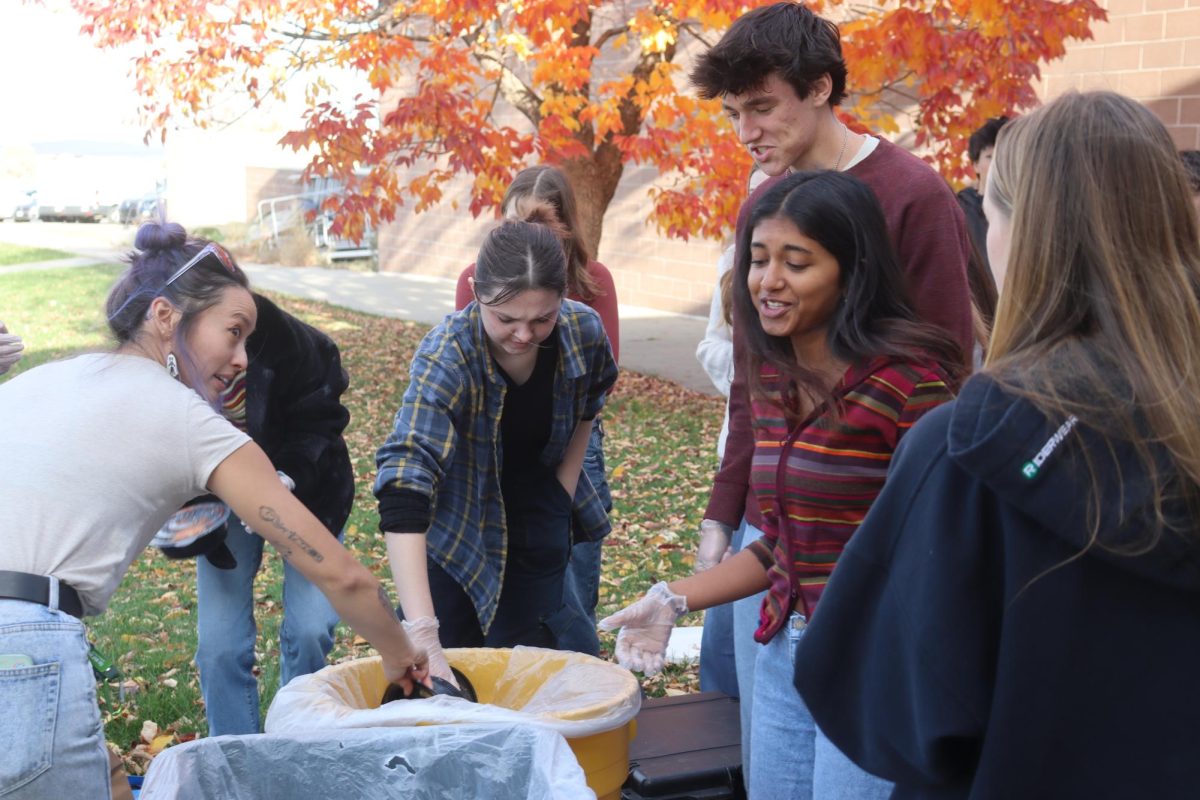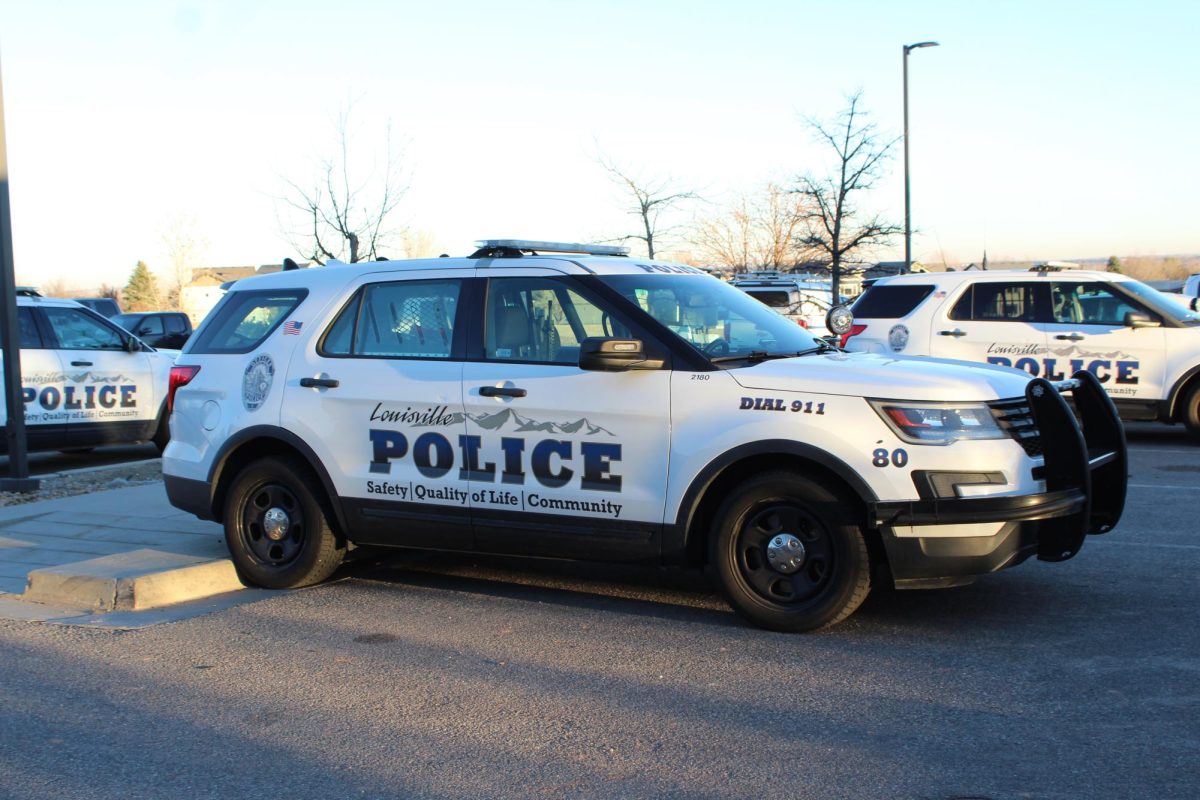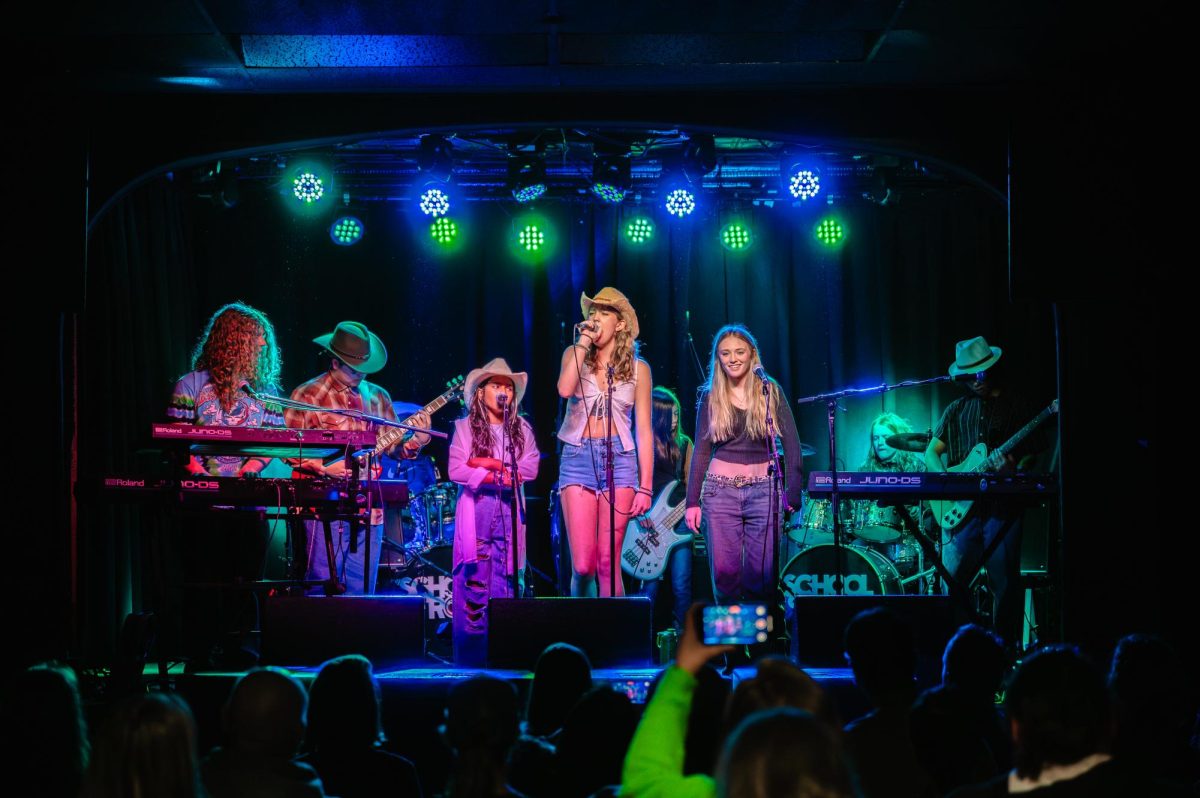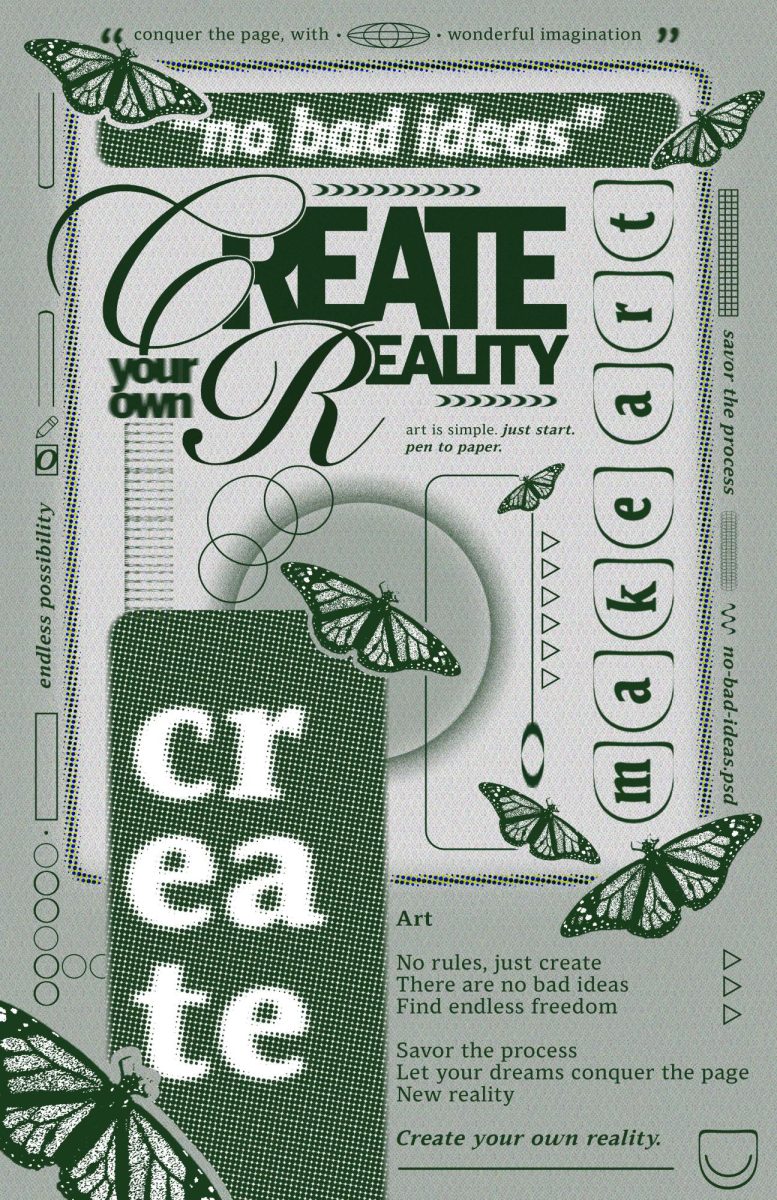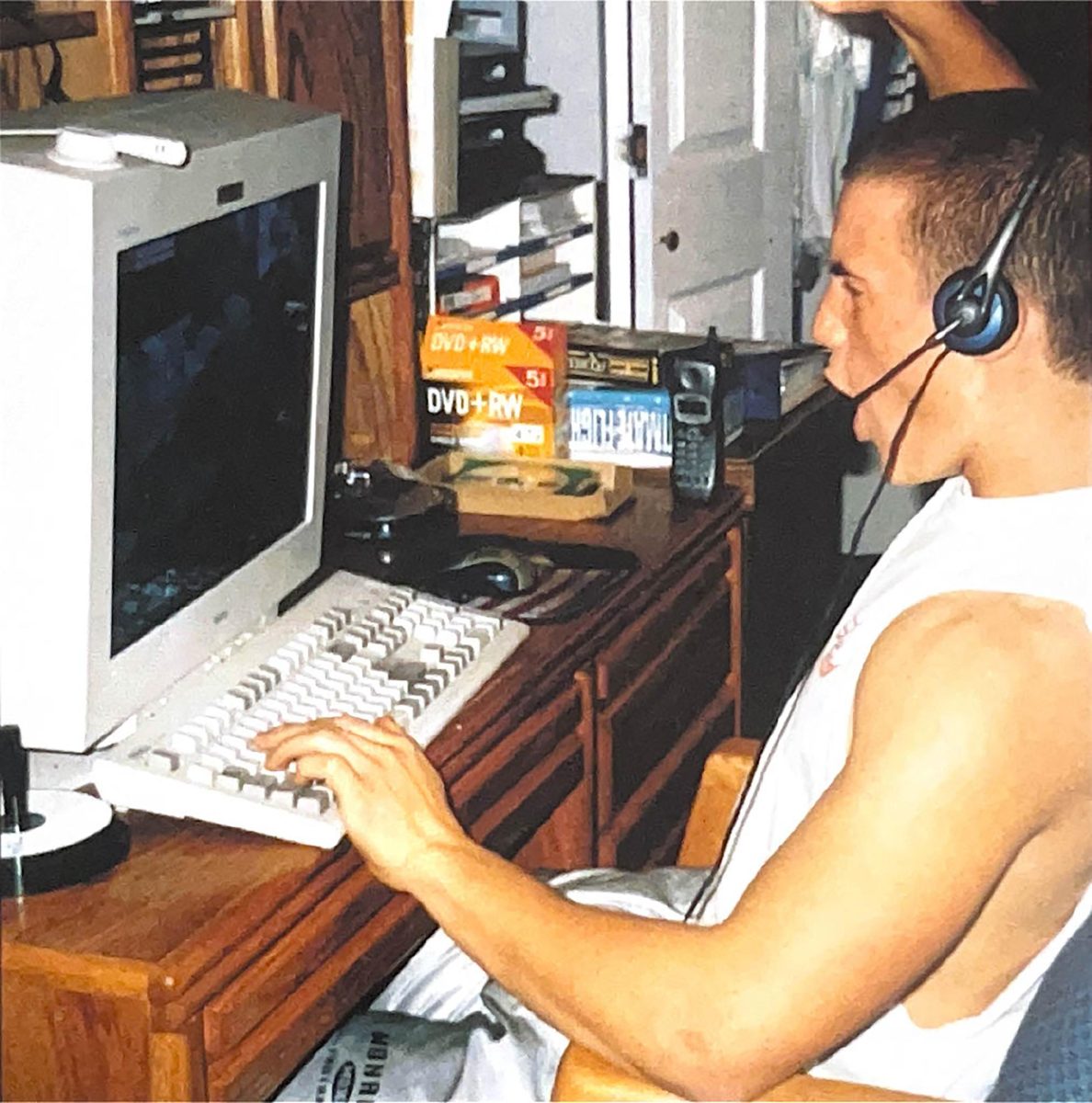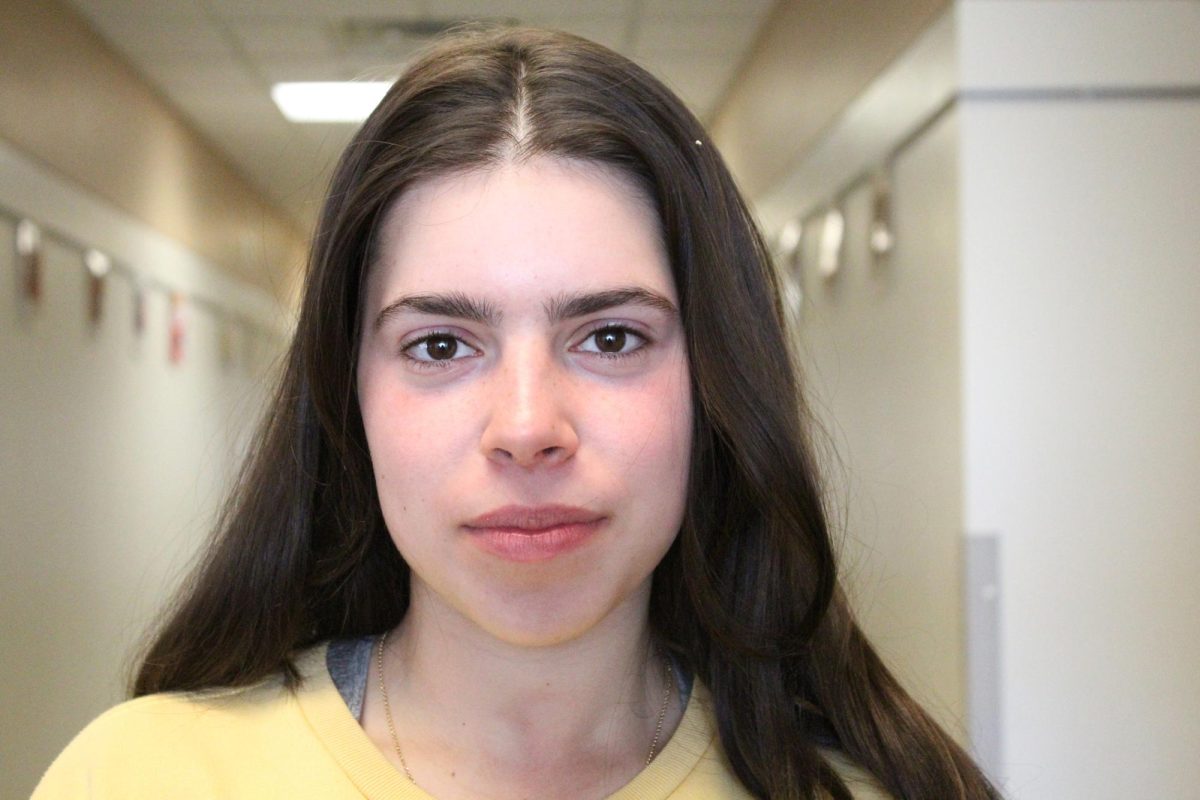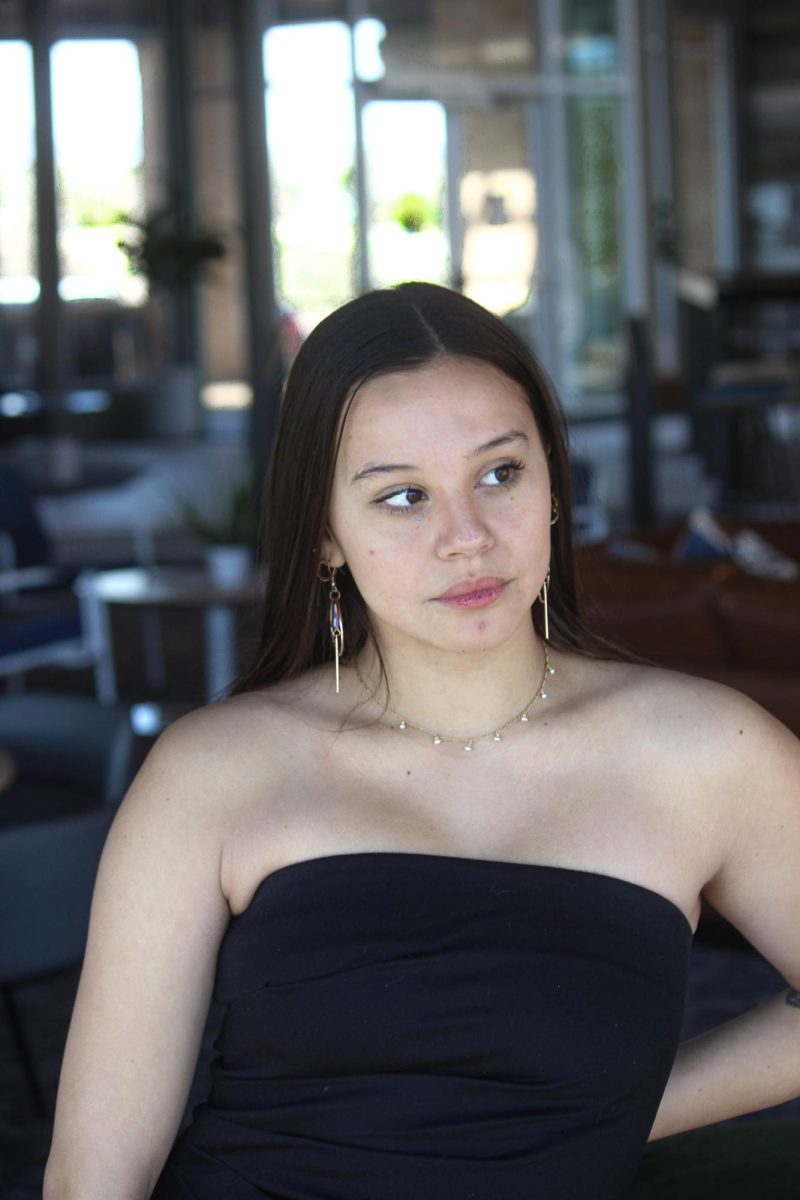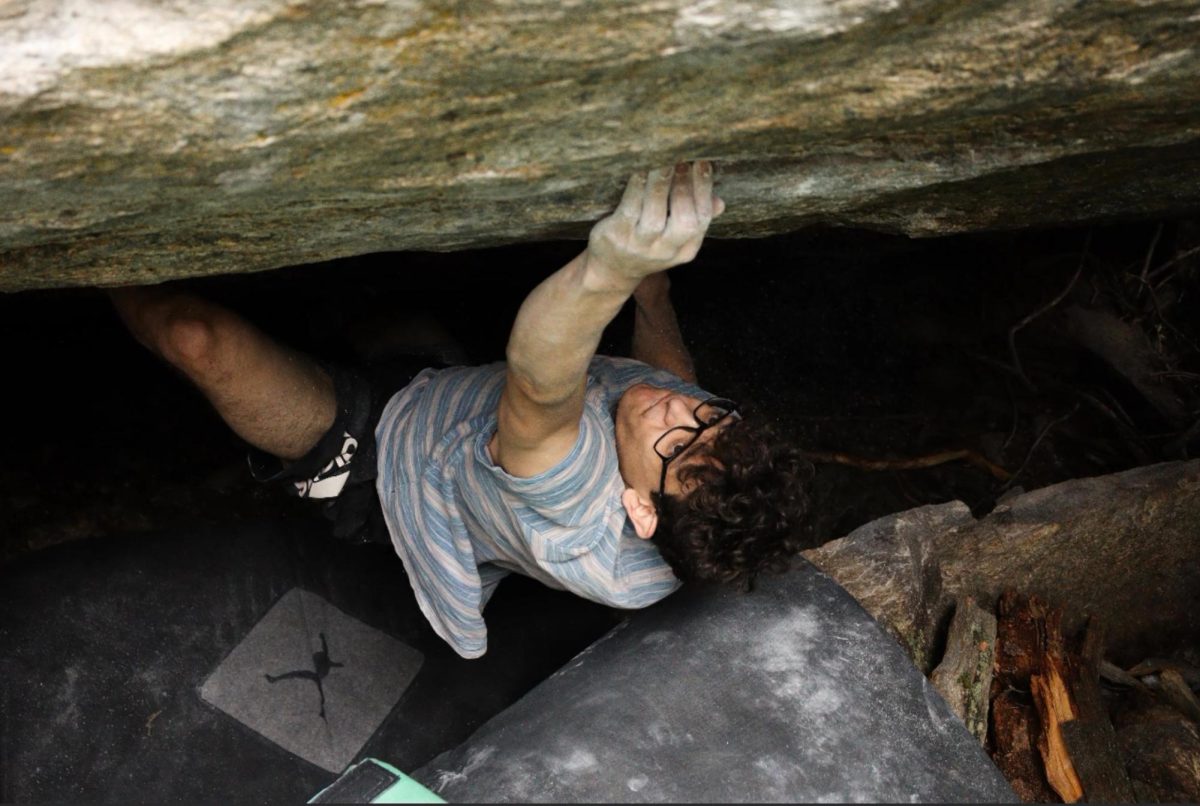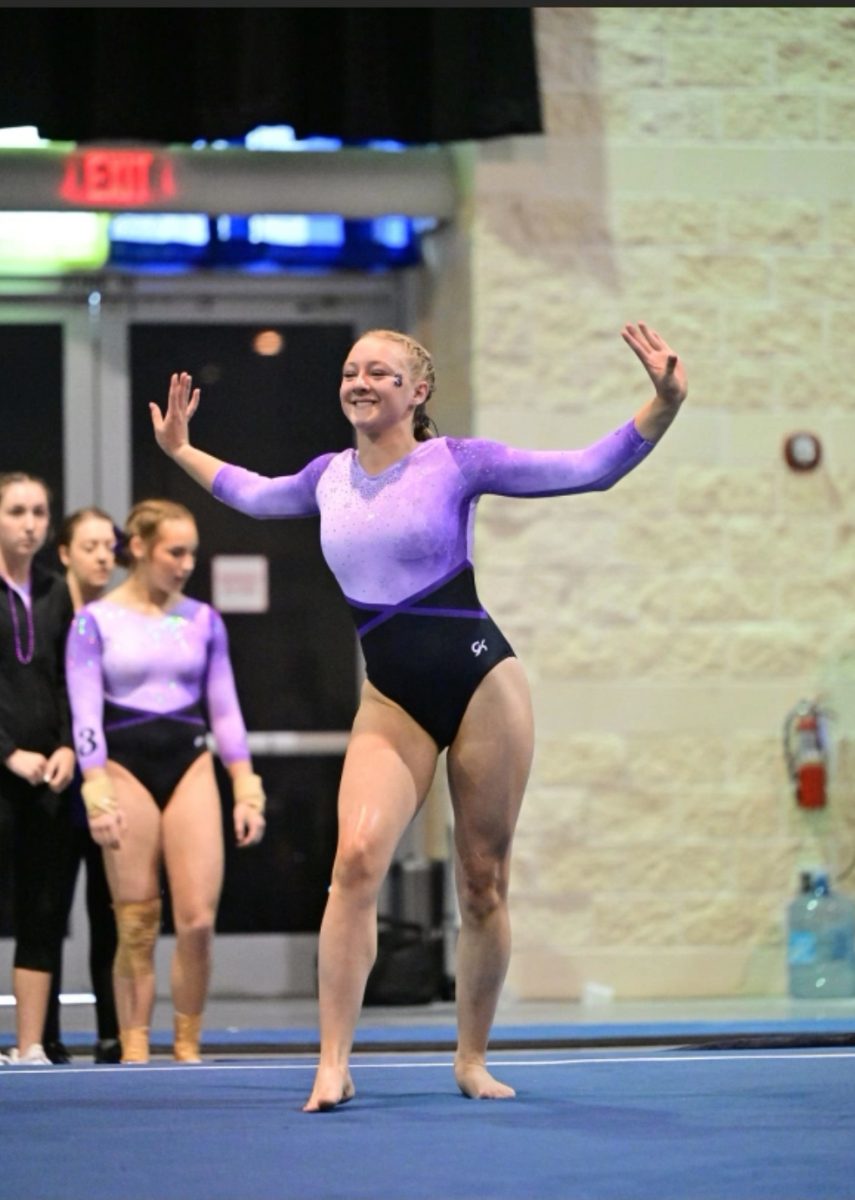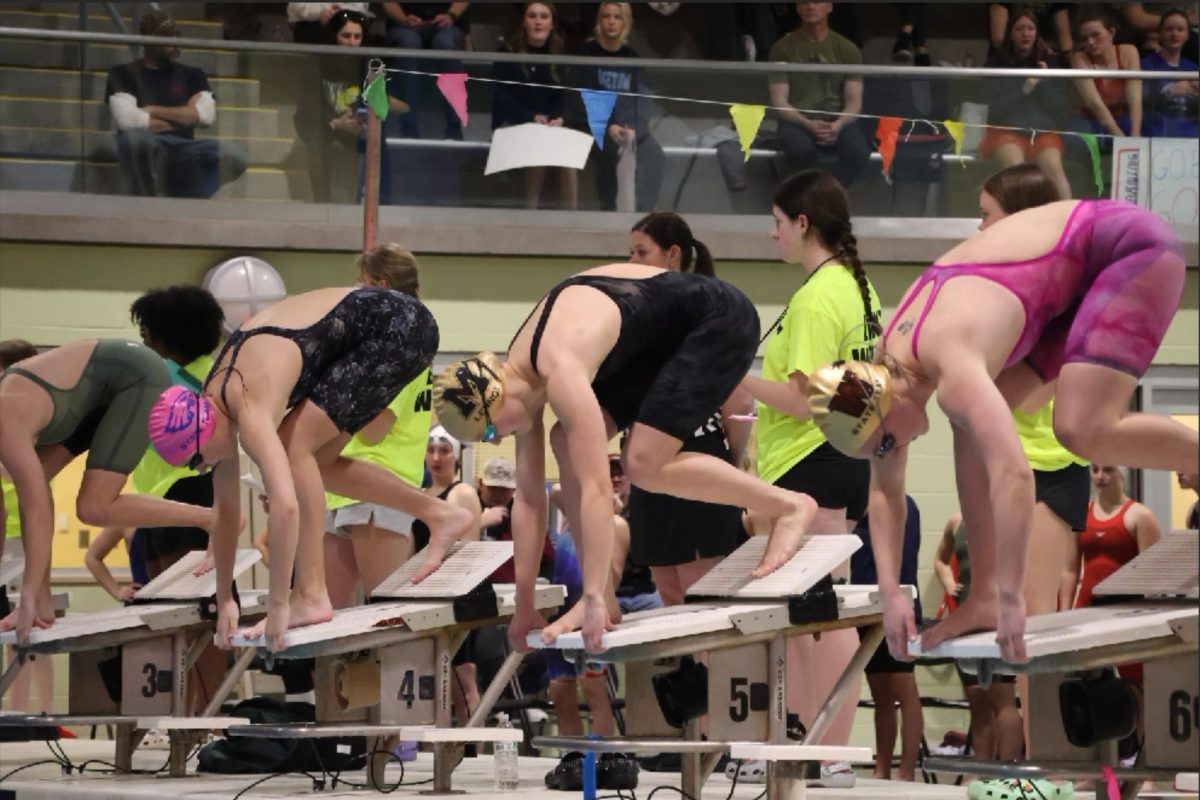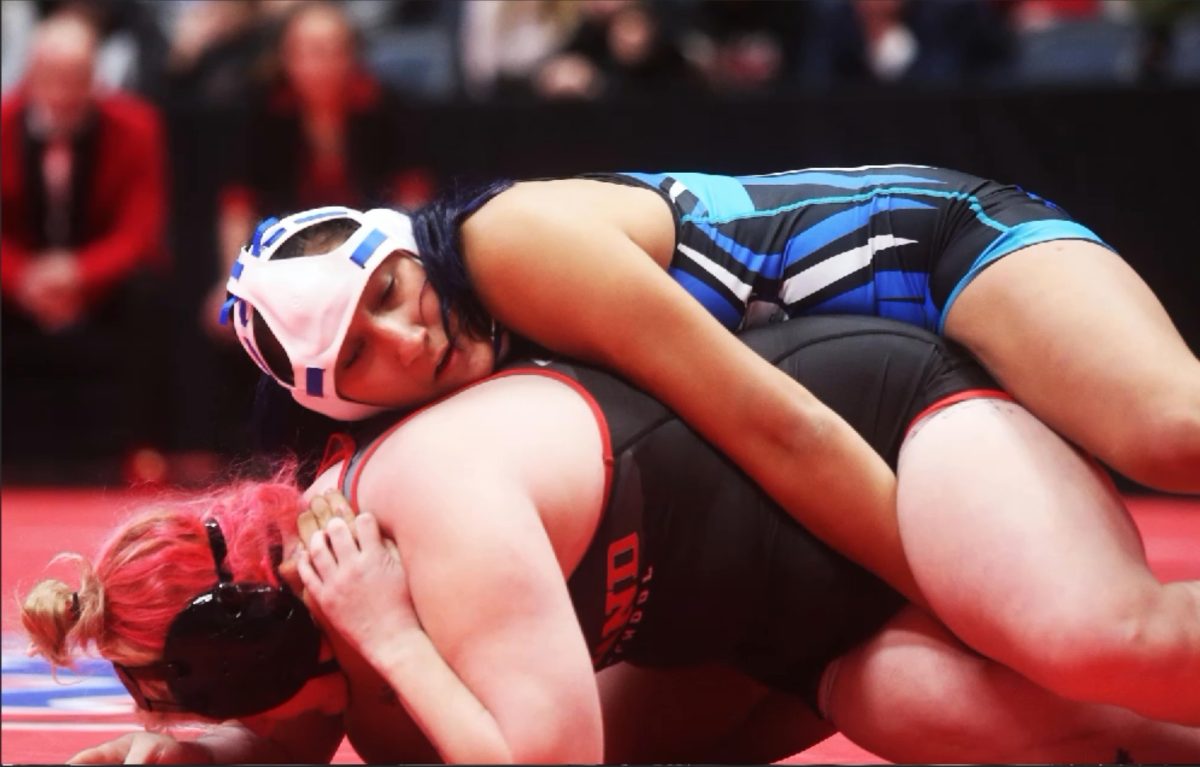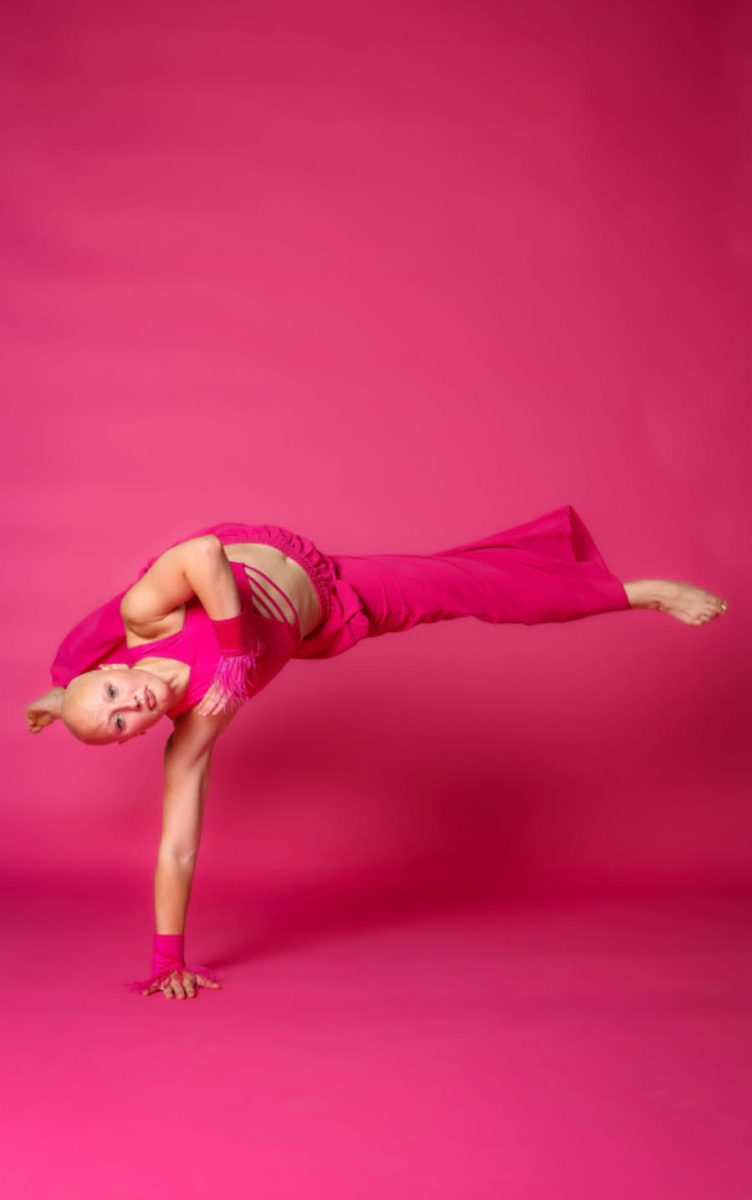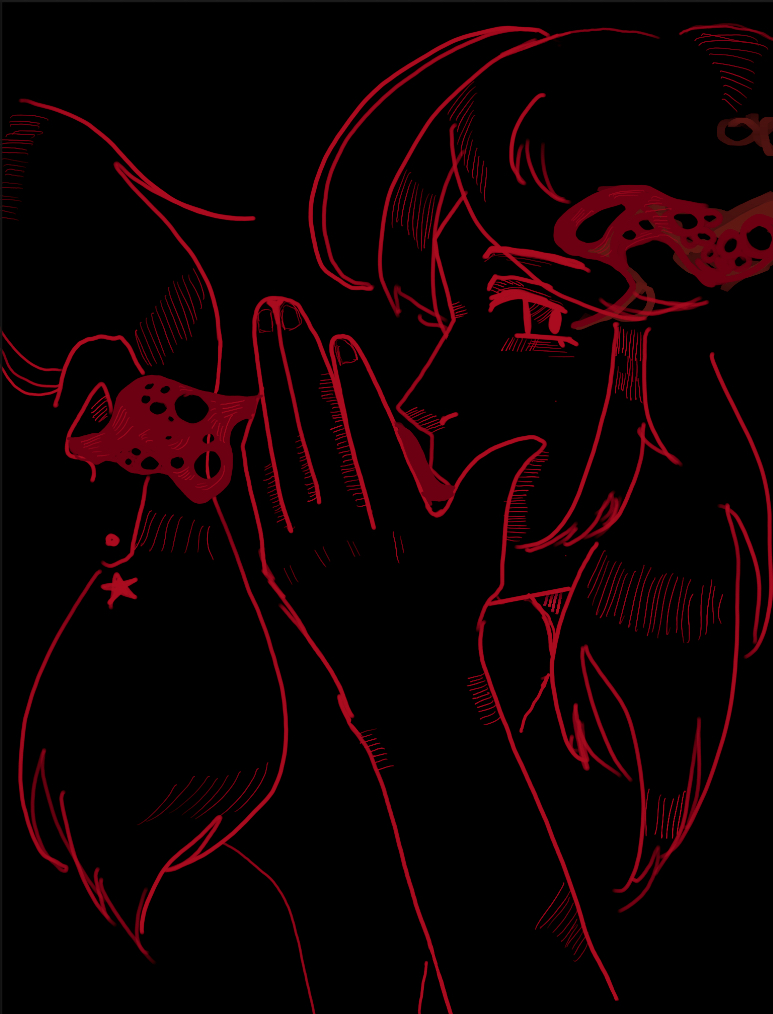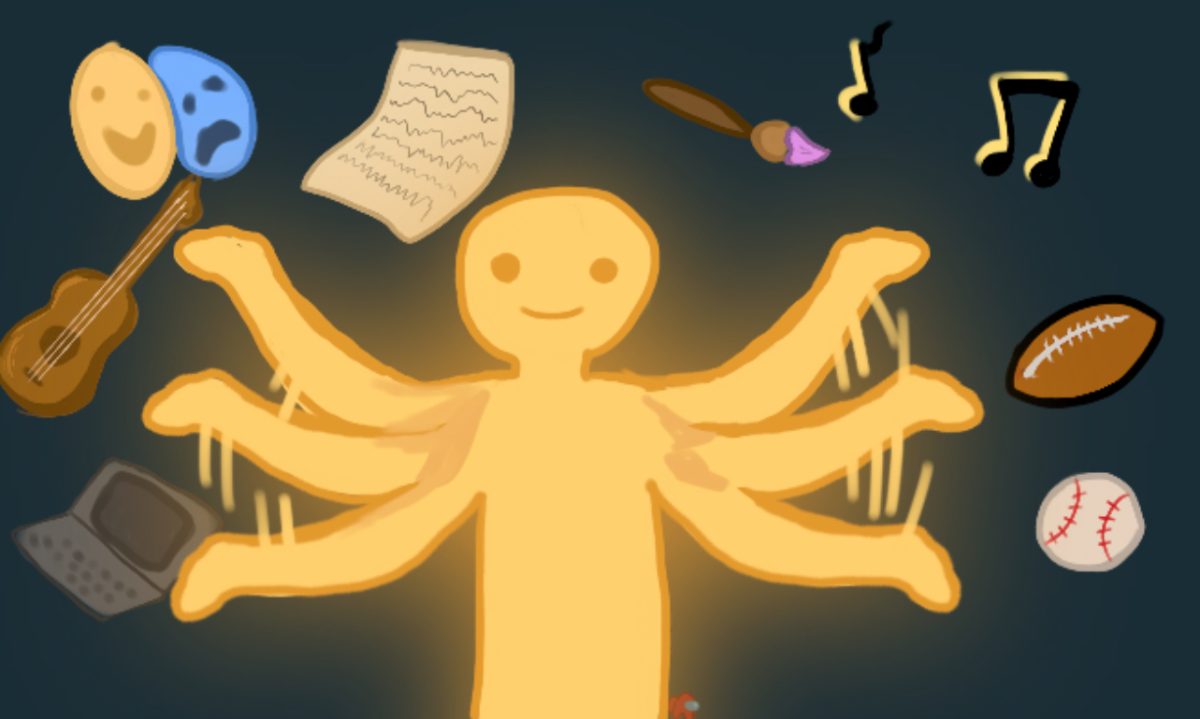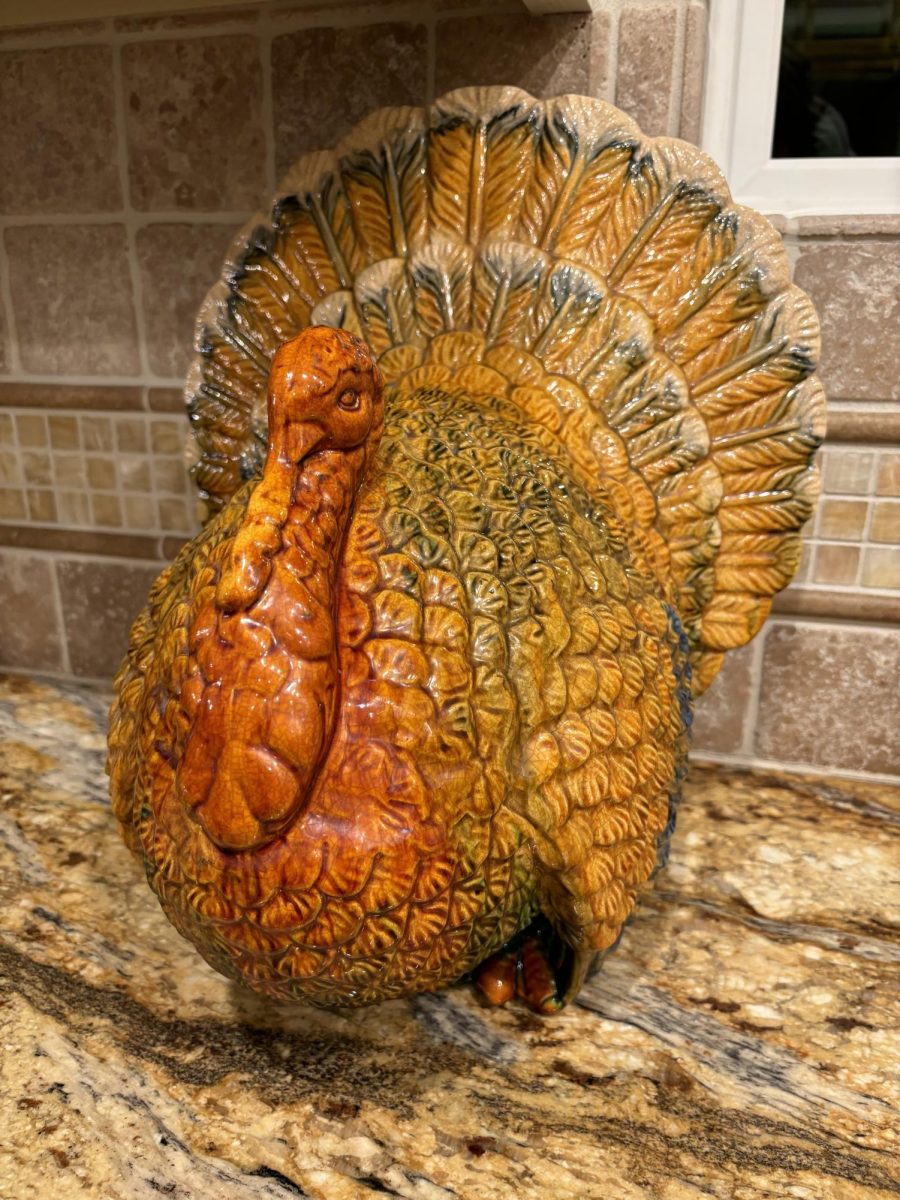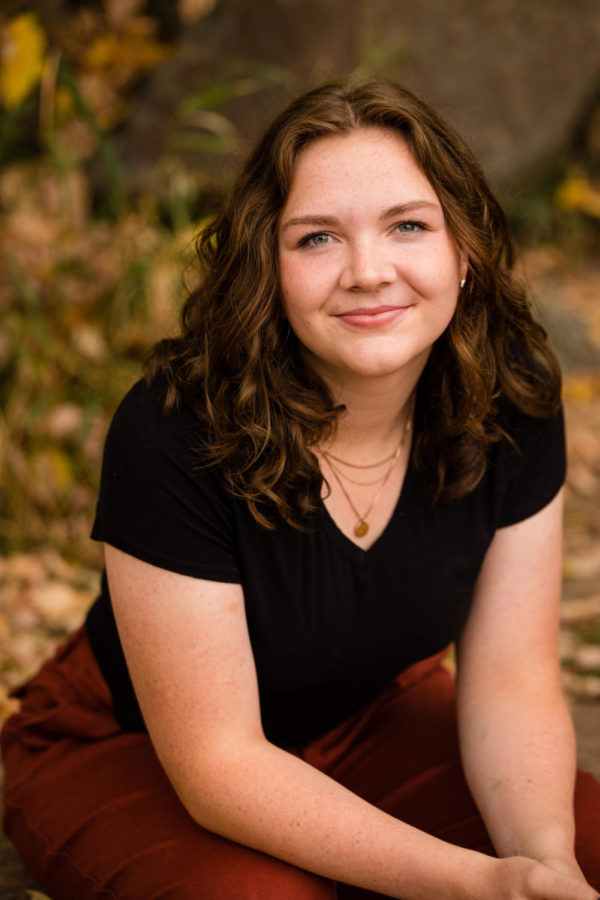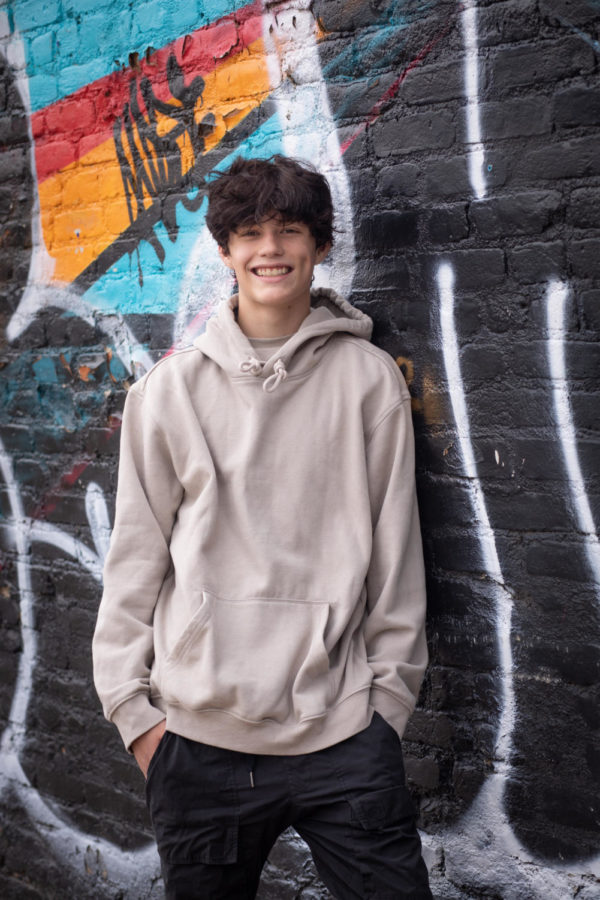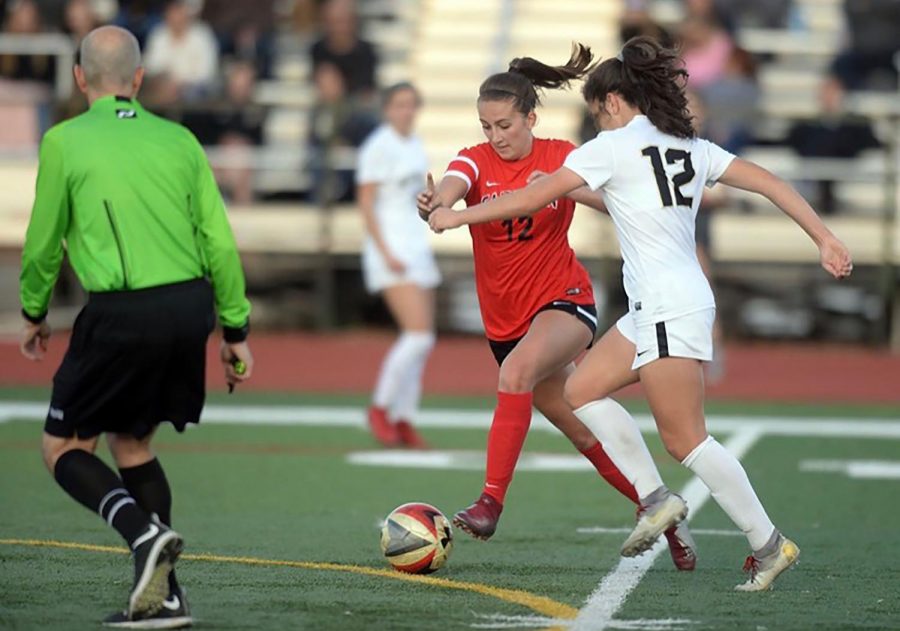Kicking it with club sports
When high school sports don’t exist, student rely on their club teams
A whistle blows. The crowds around the soccer field chatter with excitement as the players watch the ball like hawks, as they sprint, dodge, and sweat to make a goal.
Brae Cole ‘21, a athlete for Real Colorado has been a part of these games for as long as she can remember.
“My entire family plays soccer. Both my mom and my dad played soccer in college and I grew up in the environment,” Cole said.
She started off at an early age watching her father play in adult leagues, attending the games and watching with wide eyes. It only seems natural that she would have started playing at the age of four.
Her experience over the years has allowed her the opportunity of trying both a more focused, competitive club sport environment, and a more carefree, though equally as collaborative, school sport environment.
“For school [sports], you are around these people all day and then you go and play soccer with them,” she said. “With club, you’re meeting new people. That’s where I make most of my friends.”
Club sports are programs offered outside of the high school sports season, and are typically more competitive. The seasons are usually longer, with more games, more training, and more opportunities.
Cole says one of the advantages of club sports is the ability to participate in showcase events to get recruited and scouted by colleges.
“There’s a lot of opportunities,” she said. “I think we go on about 8 trips a year. We go to showcases in Arizona or California, and last year we went to Florida to get scouted by recruiters.”
Some athletes participating in club sports are looking to get scouted by colleges, and playing club sports gives them more opportunities to build profiles and attend recruitment events. The commitment is larger and more intense than playing with a high school team would be. High school sports gives recruitment opportunities as well, but to a lesser extent.
Katelyn Smith, ‘22, has her foot in both worlds, playing soccer at Monarch High School and at Westminster Soccer Club.
“I think both [high school and club sports] can have benefits because if you’re trying to play for college, it is helpful to play both because college scouts like to look at both of those,” Smith said.
“But I kind of enjoy club soccer better because it’s a bit more competitive and more serious than high school soccer is.”
Having the opportunity to train for the whole year is a large advantage for club athletes, and Celia Webster, ‘22, knows exactly what that’s like. She swims for Flatirons Athletic Club, and practices everyday, all year long.
“You get to swim and do your activity the entire year, unlike high school,” Webster said. “So you never lose progress.” Club sports allow athletes to train year around and build recruitment profiles all year long, whereas high school seasons only build for around 12 weeks.
Through club programs, athletes can train and prepare themselves not only for college, but also as a way to stand out during the school season.
“I’m doing private lessons through Rough Riders Volleyball Club,’’ Maddy Krueger ‘24 said. “These lessons prepare me for high school volleyball and grow my skill level.”
Because Krueger is a freshman, she hasn’t had the opportunity to play on a high school team yet, but hopes to improve her skills to set her apart from her peers.
This season has been difficult, with delayed start for both club and school sports.
“High school sports are definitely a lot more relaxed and not as competitive and serious as club is, I guess,” Cole said. “We had a huge period of time where we weren’t allowed to do anything, and the rest of our season got canceled [due to COVID] so that kind of set a lot of things back.”



